![]() CHALICE CARE
CHALICE CARE
Chalice Corals are a broad collection of corals that are loosely jumbled together. Several different genera of corals are represented ranging from Echinopora, Oxypora, Mycedium, and even Lithophyllon. As such, care requirements are going to be generalized more than other corals because these are very different corals that all get lumped in together. Please see below for more care tips for Chalice Corals.
![]() LOCATION
LOCATION
Indo-Pacific – Chalices are found all over the islands of the Indo-Pacific including Fiji, Tonga, Solomon Islands, and the Great Barrier Reef.
![]() LIGHTING
LIGHTING
It is difficult to nail down a perfect lighting recommendation for this category because chalice corals are a large conglomerate of different coral genera. For this reason, moderate lighting of around 100 PAR is recommended for best coloration and overall health. More intense light can sometimes be tolerated but typically these corals do not fare well under extremely intense light (over 400 PAR). If not provided proper lighting, their colors may fade depending on the species of chalice coral. Chalice corals tend to have some of the most impressive fluorescence in the reef keeping hobby which can be best viewed under actinic LED’s. The Chalices we grow here at Tidal Gardens look best in the winter when light is less intense. In the summer they tend to have a more muted appearance but will return to more attractive coloration once in a stable home reef aquarium.
Low Light

Low light translates to about 30-50 PAR
Medium Light

Medium Light is between 50-150 PAR
High Light

High Light is anything over 150 PAR
Lighting is a loaded topic, so for a more in-depth discussion of lighting.
![]() WATER FLOW
WATER FLOW
Moderate water movement is recommended. Flow that is too low can allow detritus to settle on the colonies which creates dead spots. Flow that is too strong may knock a chalice over because the shape of the colony acts as a sail that can catch the water current. It is also recommended to monitor the flow patterns around the corals over time because some fast growing chalices can form large plates that change flow in the aquarium.
![]() FEEDING
FEEDING
Chalice coral relies heavily on the products of their zooxanthellae, but are surprisingly one of the most aggressive eaters. We have tried feeding it a number of different types of food ranging from frozen foods to pellet foods. Chalices do not have pronounced polyp extension so it never appears that they are eating however in our time-lapse videos we can see that they eat large amounts of food. If you are curious about making your own food for both fish and coral.

![]() PROPAGATION
PROPAGATION
This genus for the most part has been propagated extensively in captivity and is an excellent candidate for aquaculture. Chalices are diverse and some varieties propagate better than others. In our experience, cutting colonies into large sections and allowing them to heal before cutting them into frag sized pieces, results in the best survival rates.

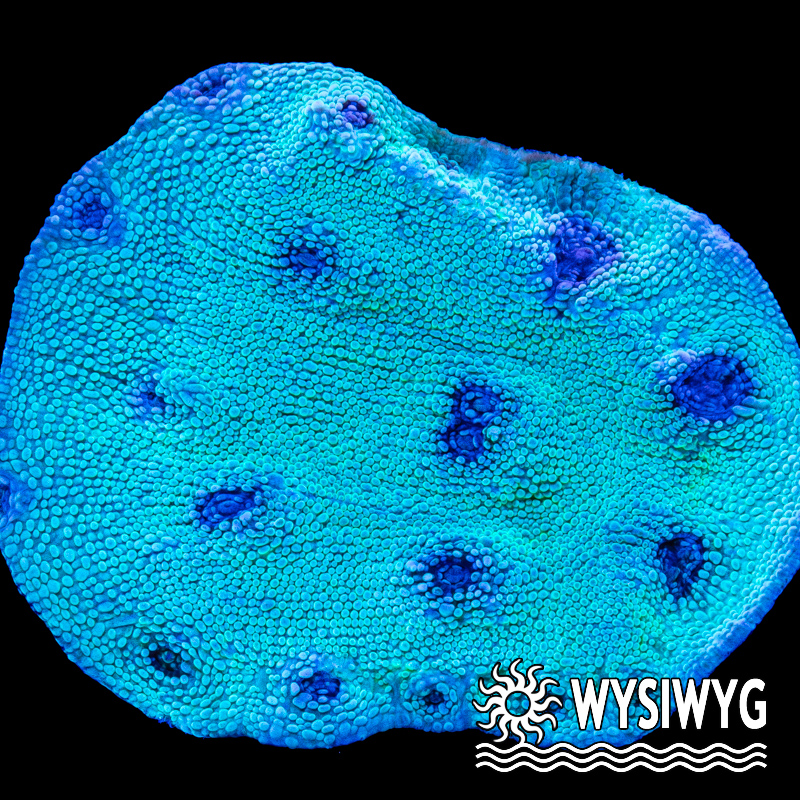
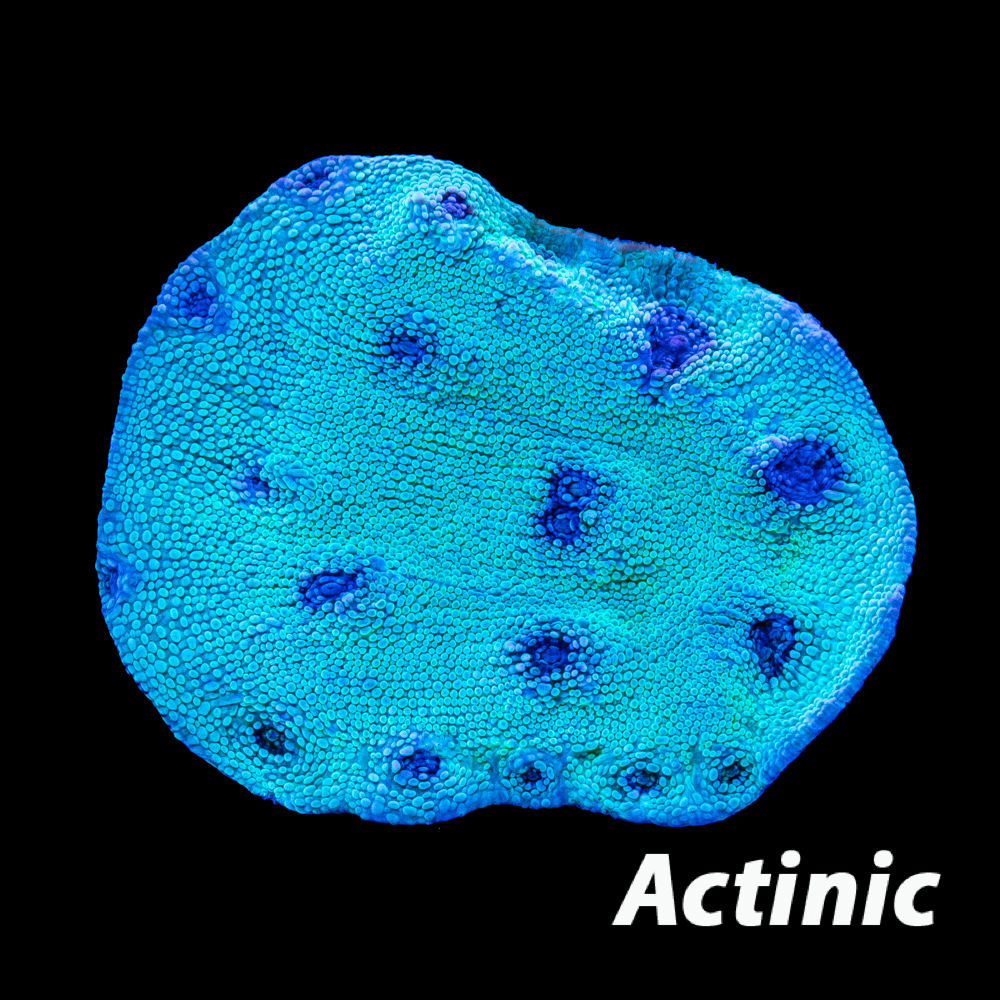
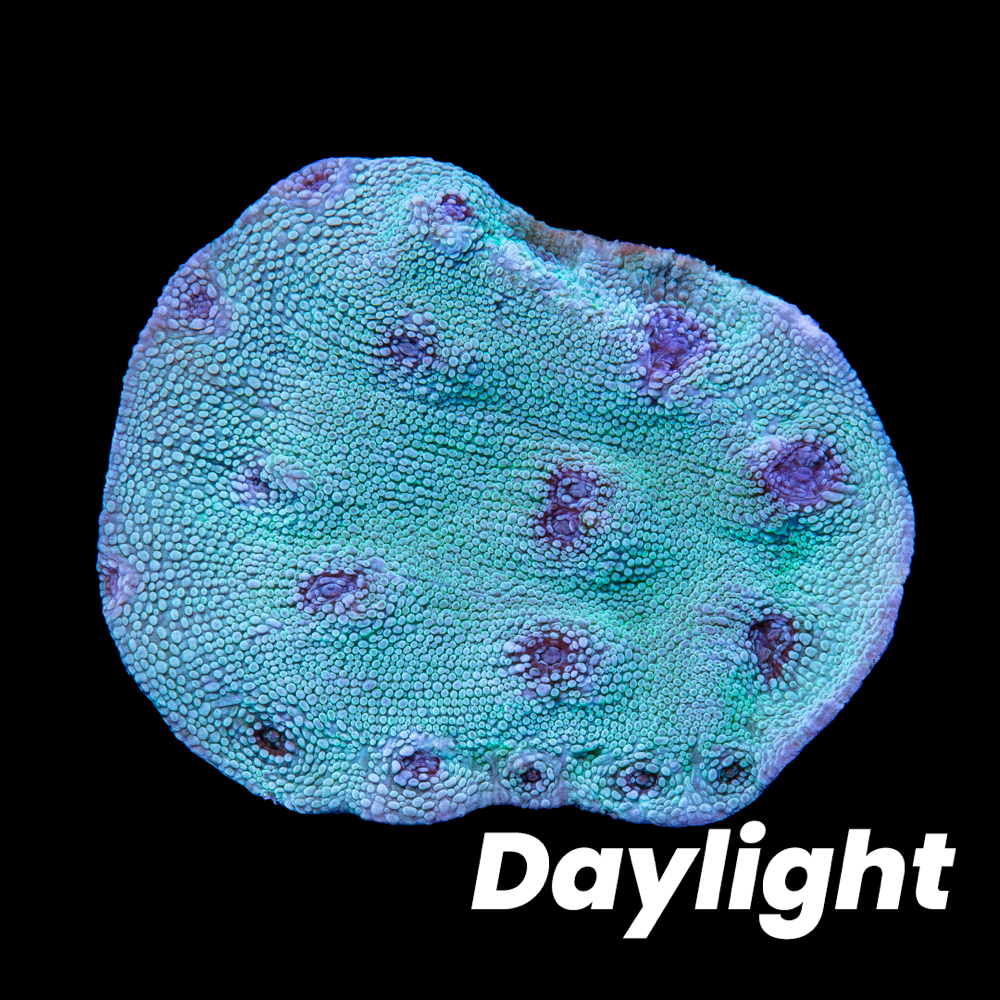

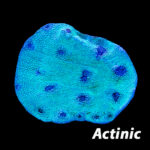
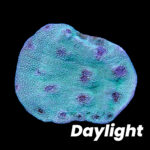
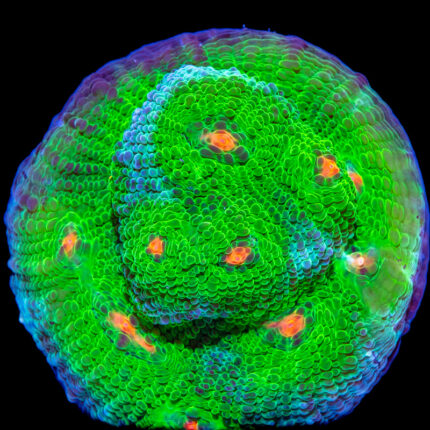
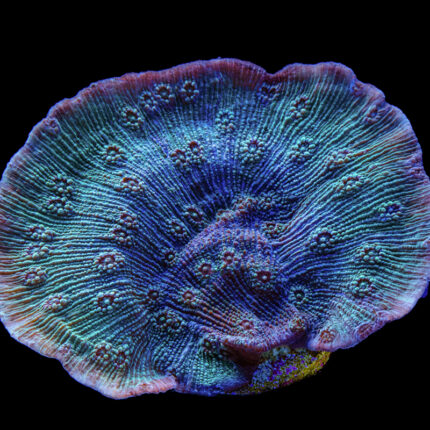

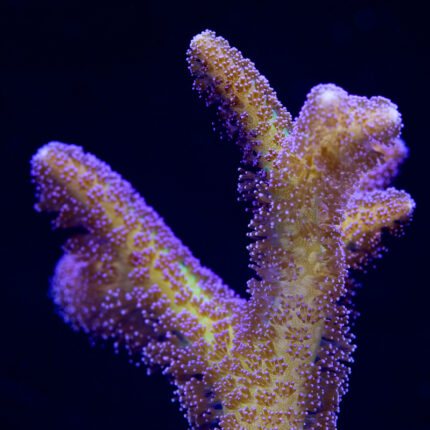

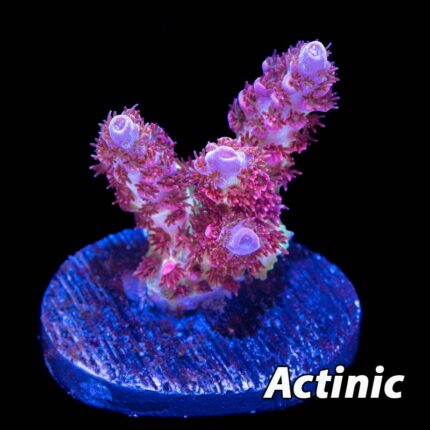








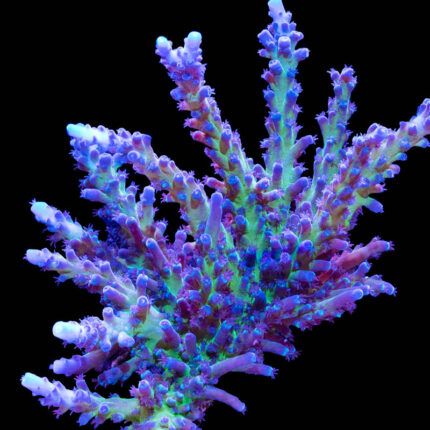



Reviews
There are no reviews yet.